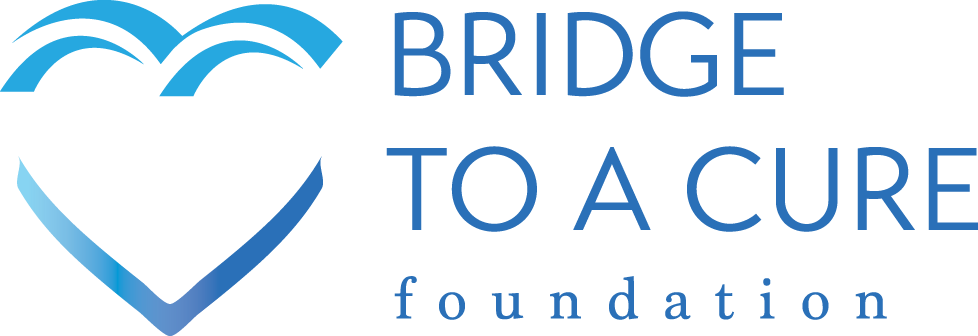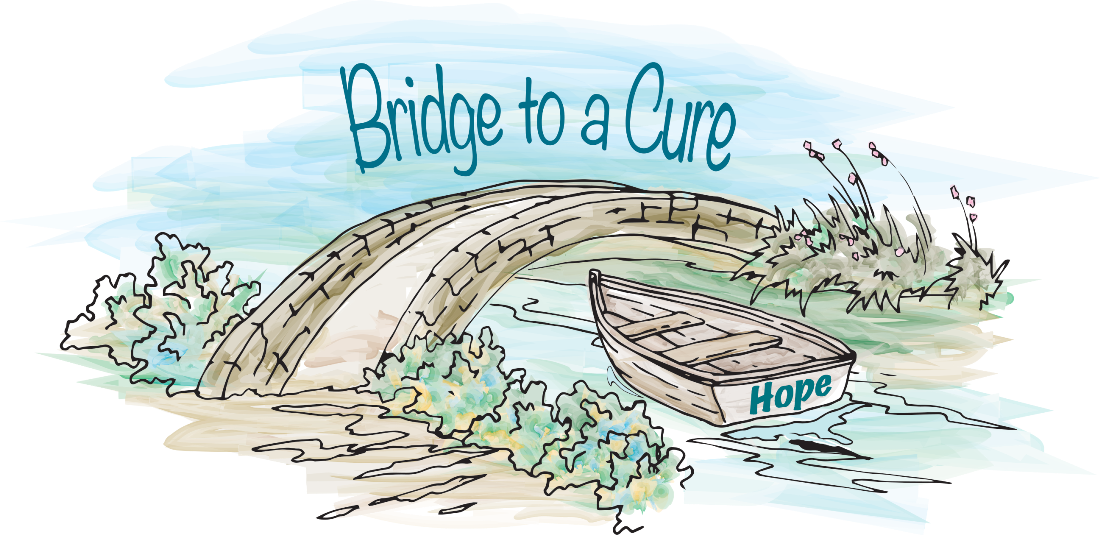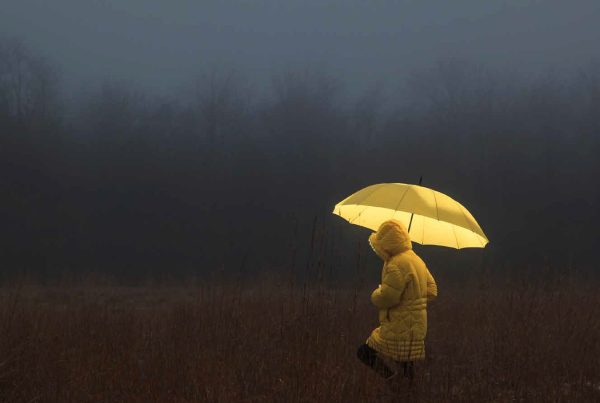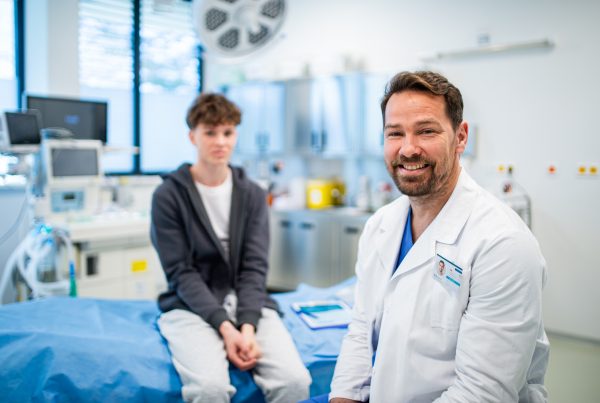As Brain Tumor Awareness Month comes to an end, we are reminded that we must continue our fight to find a cure.
For the families of the approximately 4,600 children who will learn they have a brain tumor this year, a diagnosis will lead to many questions and endless Internet searches for information on the latest and best treatment options.
That’s why Bridge to a Cure exists – to merge medicine, science and data together – so that clinicians, researchers and patient families have a single source, a robust database, where all the most up-to-date information about the disease and treatment options resides.
While a national database has yet to be developed and a cure still evades us, we are seeing some signs of promise and progress.
St. Jude recently launched St. Jude Cloud, an online platform that provides researchers with access to pediatric genomics data. In collaboration with Microsoft and DNAnexus, St. Jude Cloud is an interactive data-sharing platform that would allow scientists to explore more than 5,000 whole-genome, 5,000 whole-exome and 1,200 RNA-Seq datasets from more than 5,000 pediatric cancer patients and survivors. It’s meant to be easy to access, allowing researchers around the globe to upload their own data in a password-protected environment and to use the available tools to identify genetic changes linked to cancer development.
While these advancements are exciting and hopeful, where is it all being stored and how is it leveraged for researchers on a global scale?
Shared data and collaboration are two of the five barriers that are impeding the timely development of cancer treatment and cures, and while the St. Jude Cloud is a promising example of bringing health and technology together, we advocate for a universal database that not only stores all the data, but also leverages artificial intelligence and predictive algorithms for cancer diagnosis and treatment, transitioning to survivor care.
Additionally, we continue to look at breaking down the barriers to alternative treatments, including cannabis. Up until recently, Eastern medicine, diet, vitamin therapy and other non-pharmaceutical treatments have been avoided. Recent discoveries with cannabis may finally compel researchers to visit this untapped potential.
A new study from the United Kingdom is looking at the CBD (Cannabidiol) compound as a treatment for brain tumors in children. The study from Nottingham University’s pediatric brain tumor center recognizes that new ways to treat childhood brain tumors are urgently needed. The research team will grow cells from either ependymoma or glioma tumors under standard lab conditions but either with the addition of cannabidiol molecules or without. After seven days, the level of cell death will be measured and the presence of viable tumor cells in the two different assays analyzed. In the U.S., the use of medical marijuana for pediatric brain tumor has been fairly focused on palliative care only, so this U.K. study will be one to watch closely.
Pediatric brain tumors have the highest death rate of all childhood cancers, yet it’s among the most poorly funded cancers.
Help us put an end to the agony that these children and their families face.
We founded Bridge to a Cure to unlock the power of a national database, leverage the full potential of artificial intelligence, optimize the greatest minds through collaboration and add alternative medicine to the repertoire of treatment options. So many diseases that once were considered terminal can now be cured, treated or even prevented. Let’s add brain tumors to that list.
Please join us in bridging the gap between treatment and cure by supporting Bridge to a Cure. Your tax-deductible donation will help make a difference. Sign up or click here to donate.
